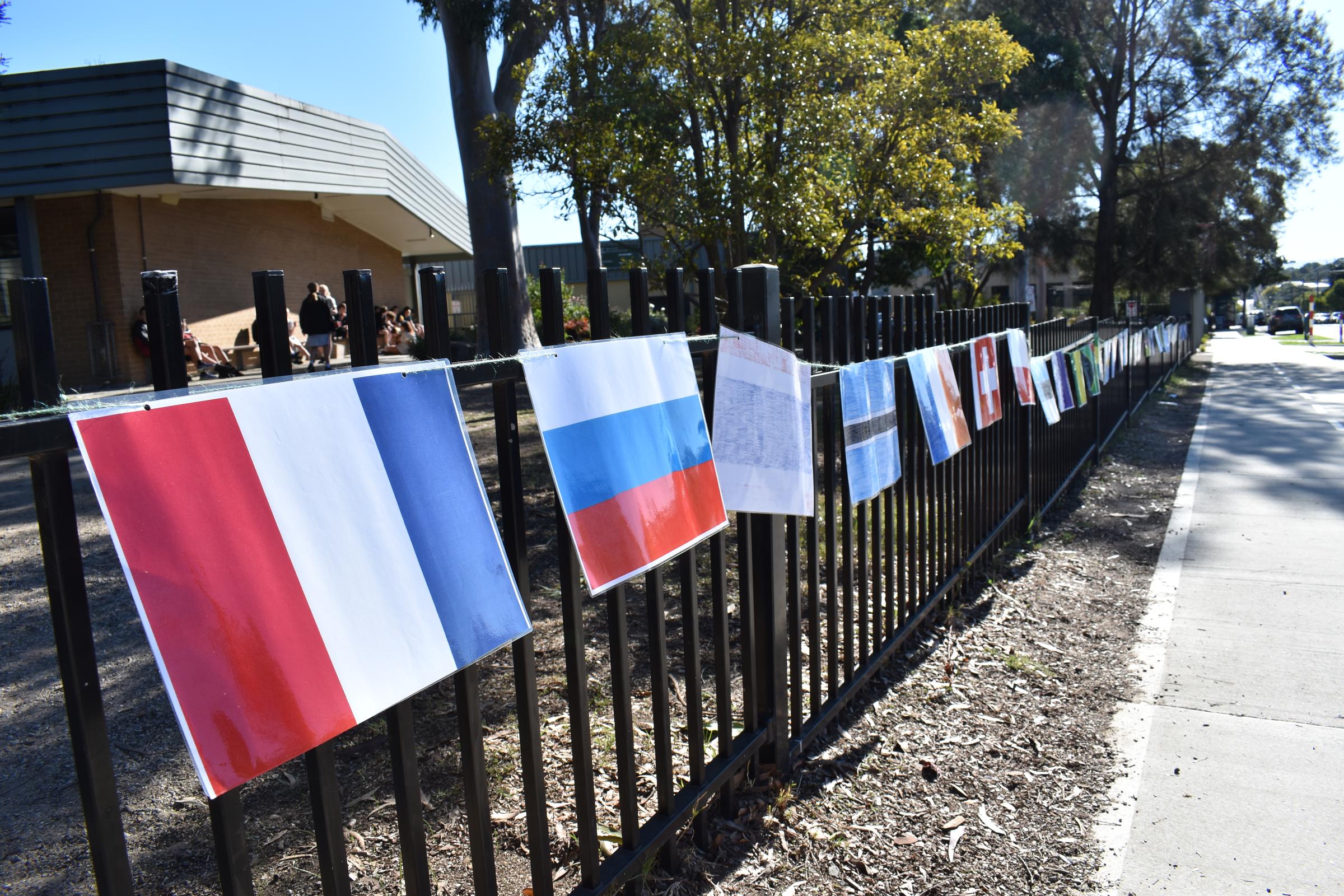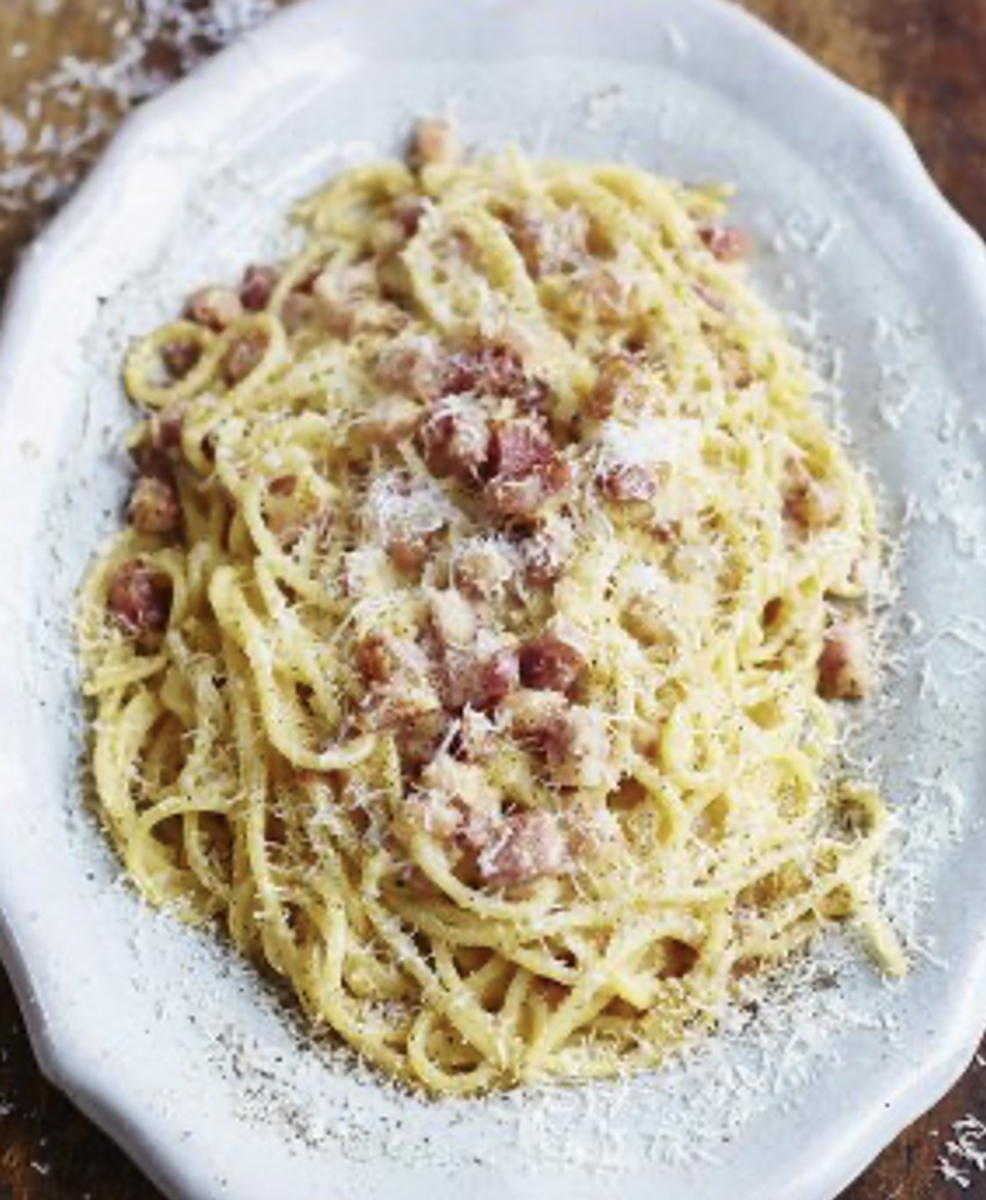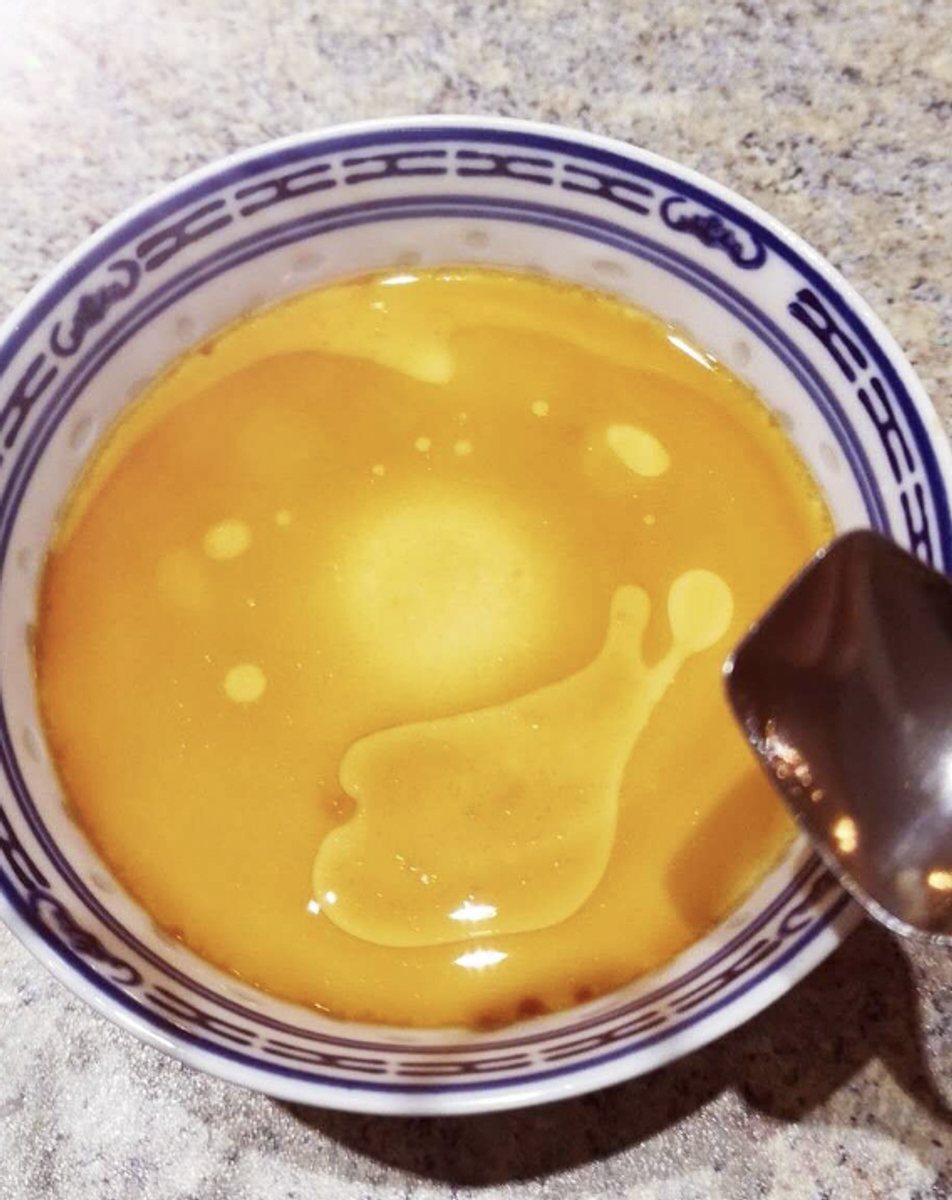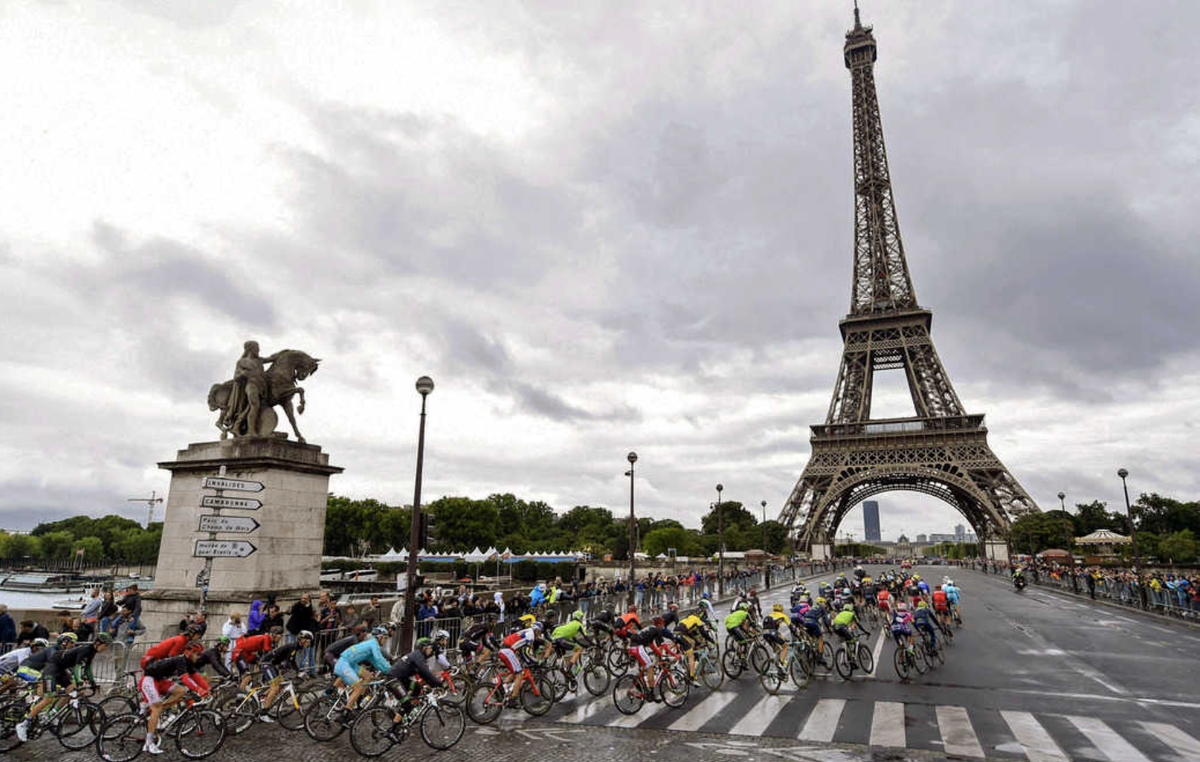Languages

Recipes: Embrace the Tastes of Italy, France and China!
Spaghetti Alla Carbonara, Beef Bourguignon and Chinese Steamed Eggs are on the menu this week, as our wonderful language teachers invite students and staff to embrace the flavours of Italy, France and China!
If you’re looking for a new dish to try while in lockdown, please try one of our recipes, or make any other dish that is close to your heart/culturally significant and email a photo to Ms Allen by Monday, 24 September. We would love to share the results in the next edition of the newsletter.
We hope you’ll join in!
Luisa Allen, Italian Language Teacher
Spaghetti Alla Carbonara Recipe
Unlike many Italian red sauce recipes, Spaghetti Carbonara wasn’t invented until the 1940s.
It first seems to have appeared in Rome after the allies ousted German forces and distributed rations to the starving Italians, which included large amounts of bacon and powdered eggs.
Carbonara roughly means “in the manner of coal miners,” and the likely origin of the name is a Roman restaurant named Carbonara.
However, it may also have earned its name because the flecks of black pepper appear like coal dust against the creamy eggs, cheese, and pasta.
There is debate around whether Carbonara should contain cream. The answer is a resounding 'no'!
Please see Ms Allen's Spaghetti Alla Carbonara recipe below.
Steamed Eggs Recipe
Steamed eggs is a popular traditional Chinese dish. Almost every household cooks steamed eggs on a regular basis.
Steamed eggs are rich in nutrients, tasty and easy to make. Chinese people believe that steamed eggs are good for the stomach as they are easy to digest. For for this reason, they are commonly given to babies and children.
Please see Ms Mary Liao's Steamed Eggs recipe below.
Beef Bourguignon Recipe
Beef Bourguignonis a traditional French regional dish and translates to Beef Burgundy in English. It is a full flavoured beef, mushroom and red wine casserole that you can also use in Beef Bourguignon pies.
Please see Ms Sylvie Berthie's Beef Bourguignon recipe below.
Le Tour de France: Tune in to Discover the Spectacle!
The Tour de France is now underway and it's well worth tuning in to watch this iconic cycling race.
It's a wonderful way to see beautiful landscapes and regions of France whilst also discovering some tasty regional recipes.
Did You Know?
The Tour de France was first held in1903 and was sponsored by the car magazine L'Auto. This isinteresting given it's a cycling race!
Each year since its inception, the course runs through the whole of France, and in recent years has also included neighbouring countries.
What makes this race so special is that the riders have such incredible skill. They are expected to be able to sprint, ride cross-country, have the stamina to race over enormous distances and be expert climbers, with the course covering some of the highest mountain passes in Europe.
Each year a different course is designed, with the route running clockwise or anti-clockwise around France (the direction alternates each year.)
The route designers aim to cover the distance in about 21 to 25 stages which average around 250 km each.
The Route
The design of the route incorporates many types of terrain. Riders are often expected to undertake sprints, time trials, distance and mountain rides on the same day.
Mountain climbs are a feature of the race. The steep mountain rides are classified on a scale of 4 (easiest) to 1 (hardest). The Tour is so challenging that there is even a special category of "hors catégorie" (beyond a category!) for the ascents which are so extreme that they are beyond the "1" classification!
Each day, there are sprint sections and climbs as part of the route and the overall winners are awarded coloured jerseys. You can even buy copies of the "maillots" from the official Tour de France on-line shop.
Towns and villages close for the day that the Tour passes through. People line the streets and the roads through the countryside to cheer on the riders. The day becomes a picnic day for the thousands who live near the route.
The final stage is always held in Paris, when the traditional sprint for the finishing line takes place in the Avenue des Champs Elysées and the race ends at the Arc de Triomphe.
Sylvie Berthie
French Language Teacher



